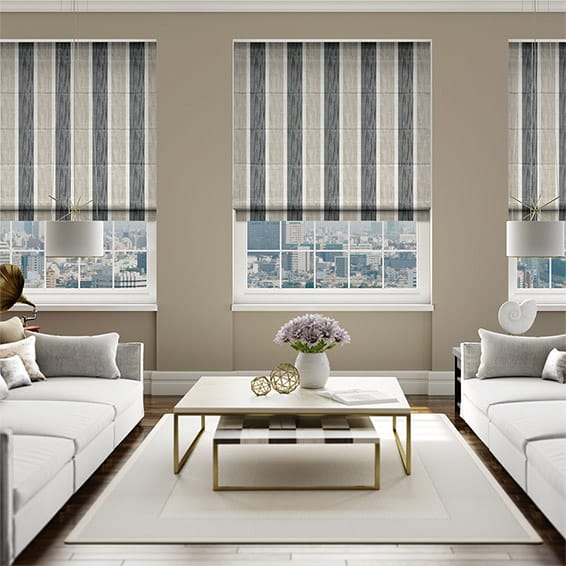You may not have spent too much time thinking about blinds, so it might surprise you to learn that they are actually a pretty fascinating topic! While you may think that they are merely a convenient way of covering your windows, in fact they have an amazingly long history which dates back to ancient times. If you are in the process of choosing the perfect blinds for your home, take some time out and discover more about the origins of these unappreciated window coverings.
Venetian Blinds… Or Persian?
Despite their name, Venetian blinds do not actually originate from Venice but were in fact first invented in Persia. During the 1400s and 1500s they arrived in Europe, brought by Venetian merchants, and this is how they were given their name which survives to this day. European artists began to use these blinds in their work and this brought them to the attention of a wider audience, leading them to become more commonly used in private houses to shut out the strong sun.
Roman Blinds And The Colosseum
Unlike Venetian blinds, Roman blinds are aptly named, since their use dates back to the days when the Colosseum was being constructed in Rome. As many of the city’s most famous structures and monuments were being built at that time, there was a considerable amount of dust in the air, so householders used strong drapes to cover their windows and to prevent the dust from getting into their properties and damaging their possessions. Damp cloth was the preferred material, and these window coverings were the earliest known version of modern Roman blinds.
Blinds From Plants
Some of the earliest known versions of blinds were actually made from plants and not fabric or wood. In homes in Ancient Egypt, reeds were often used to make window coverings and in Korea and China, bamboo was often used for the same purpose. In Egypt especially, these home-made blinds were used to enhance the household’s privacy, and the Pharaoh together with his family often used them so that people would not be able to look into their palace windows.
The Tilting Mechanism
Although today one of the most recognised characteristics of Venetian blinds is their tilting mechanism, in fact this design feature was invented as recently as 1841. While today we take for granted the ability to tilt the blind slats in order to control the amount of light and heat entering a room, the innovation only came into being in the mid-19th century.
Modern blinds can even have a motorised mechanism fitted to them which allows them to be closed and opened by the flick of a switch, however none of this would have been possible without John Hampson, an American inventor, who invented the original device to control this mechanism in New Orleans. His invention gave households the ability to control their sun exposure and temperature in a convenient and easy way. As an interesting aside, this invention also resulted in Venetian blinds being used in film noir production since the narrow light beams which travelled through the slats created an eerie atmosphere on screen!







